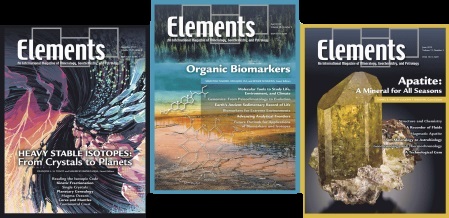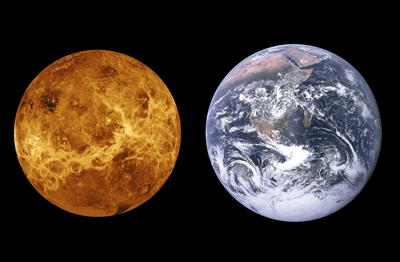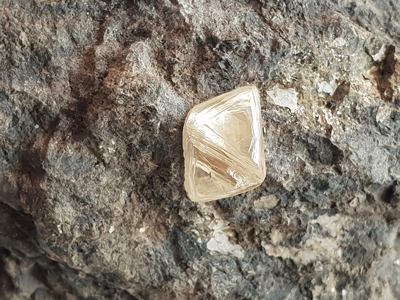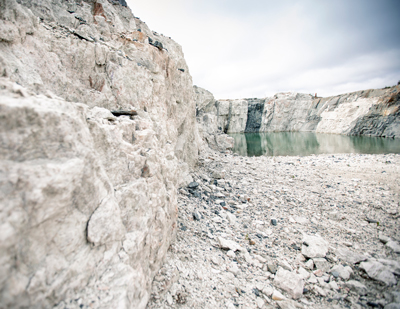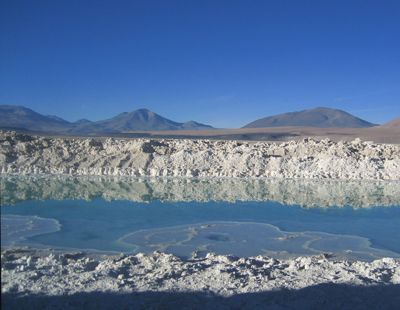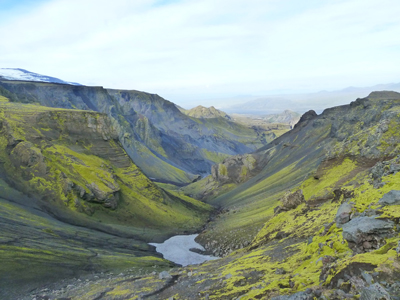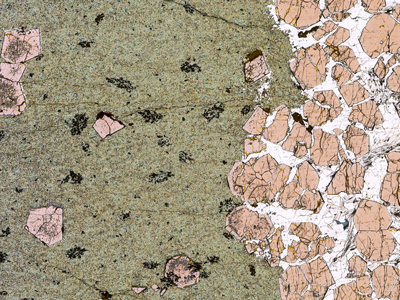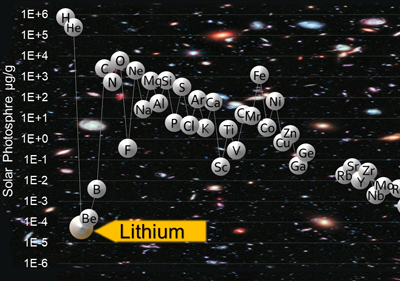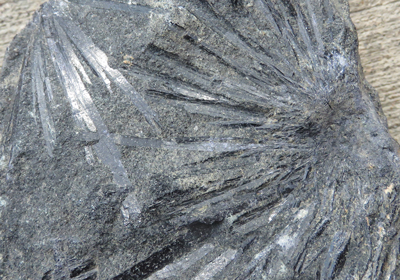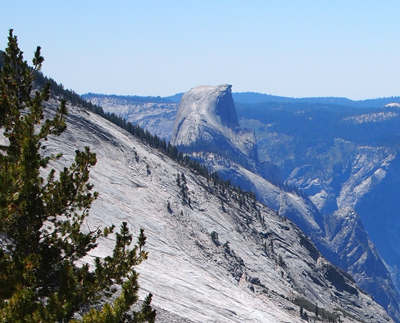Redox Processes in Early Earth Accretion and in Terrestrial Bodies
The Earth is a unique rocky planet with liquid water at the surface and an oxygen-rich atmosphere, consequences of its particular accretion history. The earliest accreting bodies were small and could be either differentiated and undifferentiated; later larger bodies had formed cores and mantles with distinct properties. In addition, there may have been an overall trend of early reduced and later oxidized material accreting to form the Earth. This paper provides an overview—based on natural materials in our Earthbound sample collections, experimental studies on those samples, and calculations and numerical simulations of differentiation processes—of planetary accretion, core–mantle equilibration, mantle redox processes, and redox variations in Earth, Mars, and other terrestrial bodies.
Redox Processes in Early Earth Accretion and in Terrestrial Bodies Read More »

